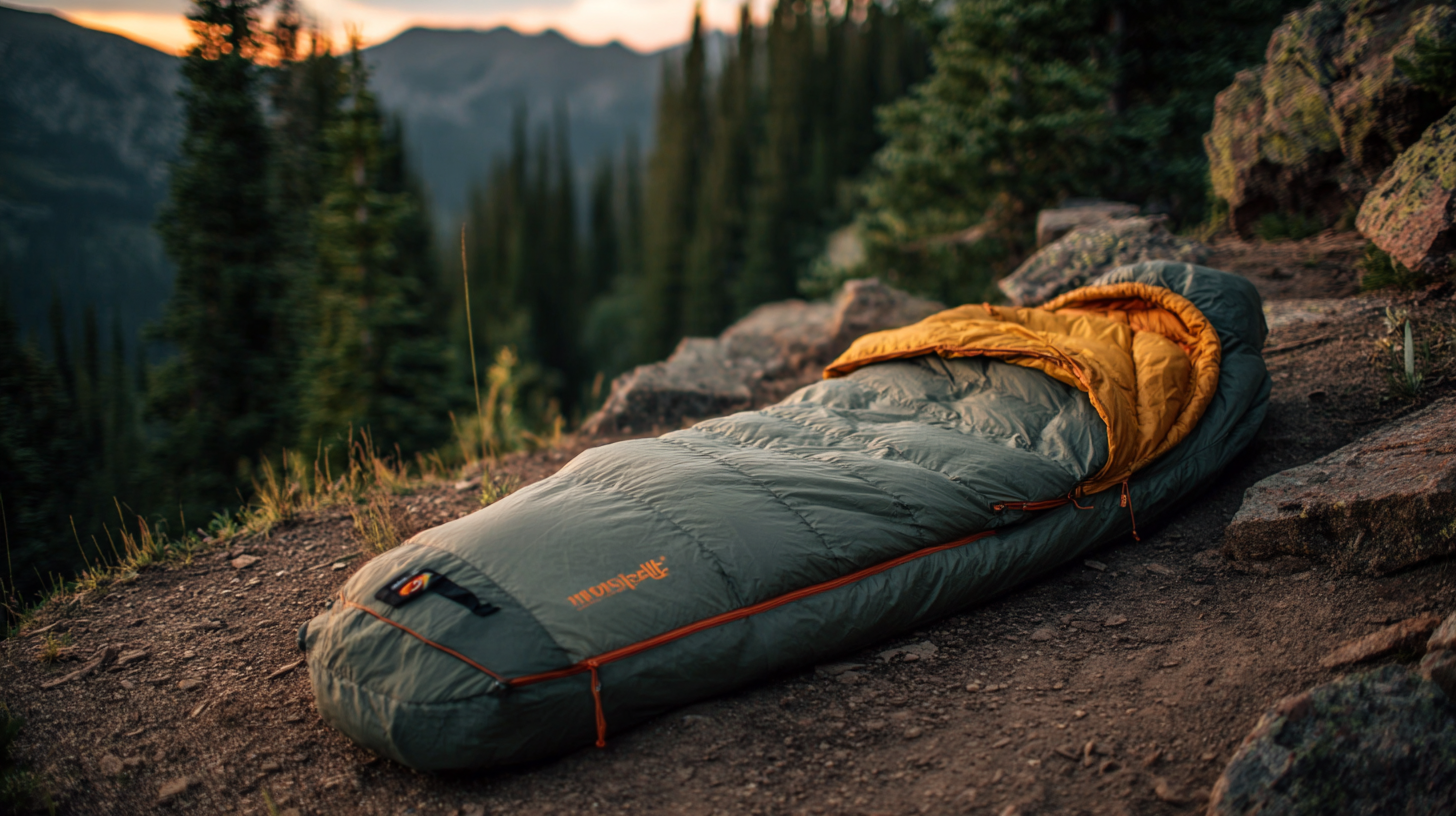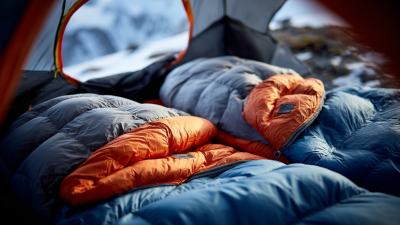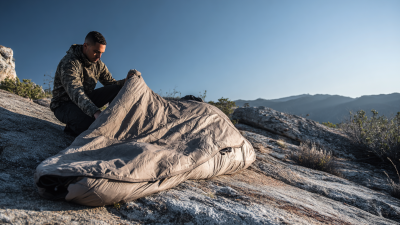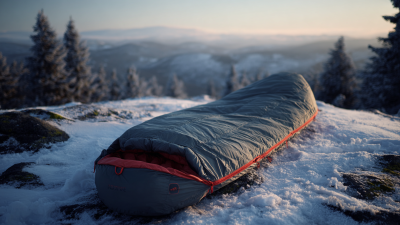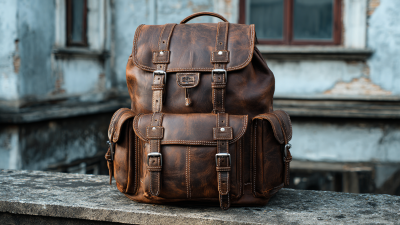Leave Your Message
-
E-mail
-
Whatsapp
When planning any outdoor adventure, choosing the right gear is paramount, and selecting a good sleeping bag can make a significant difference in your overall experience. According to the Outdoor Industry Association, in 2021, approximately 52 million Americans participated in camping activities, emphasizing the growing need for effective and reliable camping equipment. A good sleeping bag not only ensures warmth and comfort but also plays a crucial role in aiding recovery after a day of physical exertion. With an array of materials, shapes, and temperature ratings available, the decision process can be daunting. Research shows that 75% of campers reported a direct correlation between their sleep quality and the thermal efficiency of their sleeping bags, underscoring the importance of making an informed choice. This guide aims to simplify the selection process by outlining key factors to consider, ensuring you choose the perfect sleeping bag for any adventure you embark on.
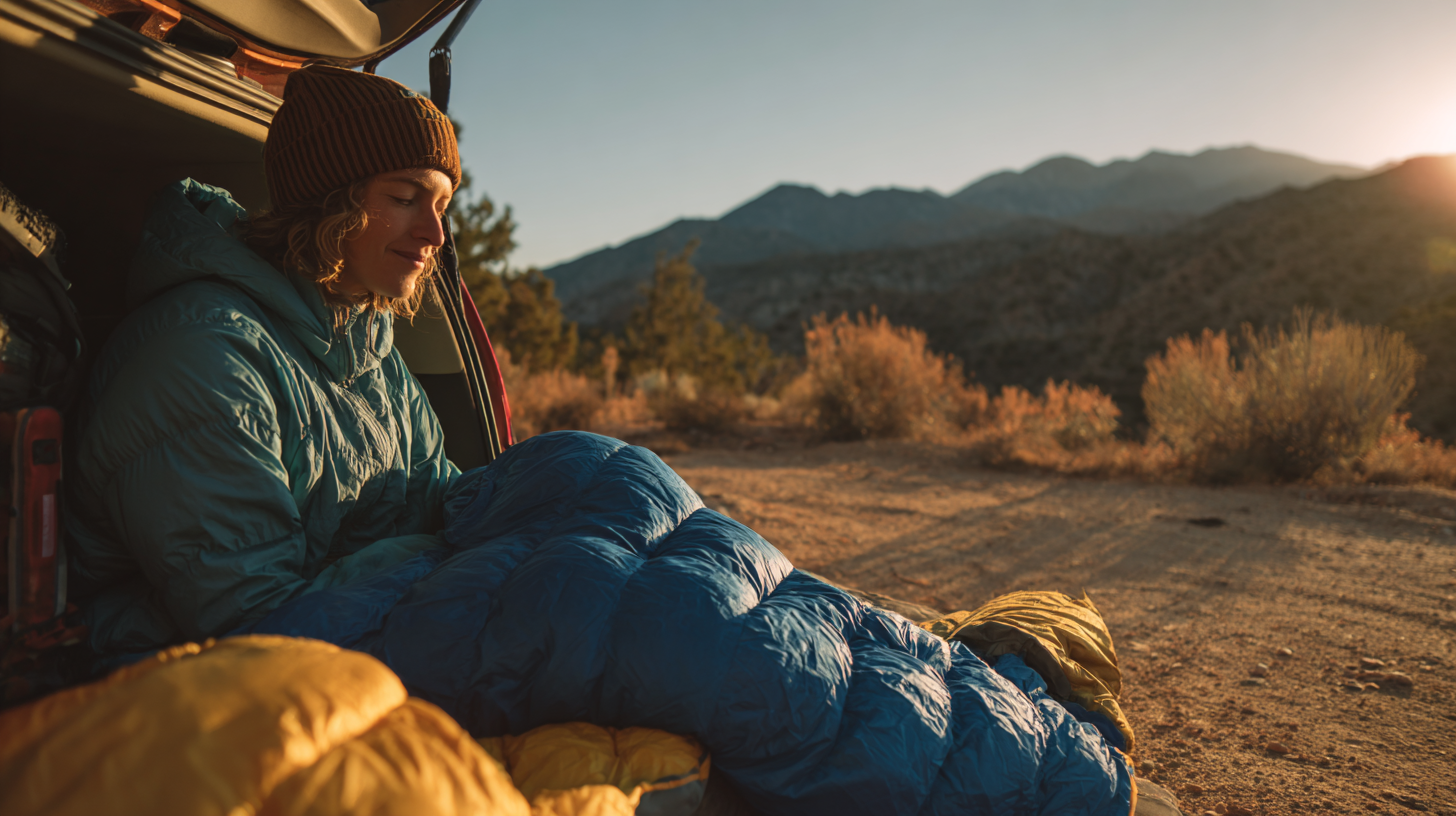
When selecting a sleeping bag for your adventures, understanding the various types available is crucial. Sleeping bags generally fall into three main categories: rectangular, mummy, and semi-rectangular. Rectangular sleeping bags offer ample space and comfort, making them ideal for car camping or indoor use. They provide freedom of movement but may not be the best choice for cold weather, as their design doesn't trap heat as effectively.
In contrast, mummy sleeping bags are tailored to the shape of the body, maximizing thermal efficiency while minimizing weight. This makes them perfect for backpacking or cold-weather camping, as they offer excellent insulation and pack down small for easy transport. Semi-rectangular bags combine the benefits of both styles, providing a bit more room than a mummy bag while still maintaining decent heat retention for moderate conditions. Understanding these types will help you match your sleeping bag to your specific adventure needs, ensuring comfort and warmth on your journey.
When choosing a sleeping bag, understanding temperature ratings is crucial for ensuring a comfortable night’s sleep during your adventures. Various industry standards exist, but the most commonly referenced is the EN (European Norm) 13537 rating. This classification provides a reliable estimate of the temperature range in which the sleeping bag can keep an average sleeper warm. According to the Outdoor Industry Association, 67% of campers report discomfort due to inadequate insulation, underscoring the importance of selecting a bag suited to the conditions.
The temperature rating typically includes three key figures: the “comfort” rating, the “lower limit” rating, and the “extreme” rating. The comfort rating is generally aimed at a female sleeper in a relaxed position, while the lower limit is designed for male sleepers. The extreme rating denotes the temperature at which the sleeping bag protects the user from hypothermia, but this should only be considered in survival scenarios.
For instance, a bag with a comfort rating of 0°C can efficiently keep you warm in mild winter conditions. Thus, when choosing your next sleeping bag, always consider the seasonal context of your adventures and opt for bags that exceed your expected low temperatures to ensure warmth and comfort.
When selecting the perfect sleeping bag for your adventures, focusing on the right material and insulation is crucial for durability and comfort. Sleeping bags are typically made from synthetic or down materials. Synthetic fabrics are moisture-resistant and dry quickly, making them ideal for wet conditions. On the other hand, down insulation offers exceptional warmth-to-weight ratios and compressibility, which is perfect for backpacking. However, down can lose its insulating properties when wet, so if you expect damp weather, synthetic insulation may be the safer choice.
Additionally, consider the sleeping bag's shell material. A durable, water-resistant outer layer can protect against the elements and abrasion, extending the life of your sleeping bag. Look for nylon or polyester fabrics with a ripstop design for enhanced durability. Also, features such as reinforced seams and weather-resistant zippers can significantly contribute to the bag's longevity. Ultimately, choosing the right combination of materials and insulation will ensure a reliable sleeping solution, ready to face any adventure while providing you with the comfort you need for a good night's rest.
| Feature | Down Insulation | Synthetic Insulation |
|---|---|---|
| Weight | Lightweight and compressible | Heavier but can be bulkier |
| Warmth | Excellent warmth-to-weight ratio | Good insulation even when wet |
| Durability | Generally less durable over time | More resistant to wear and tear |
| Drying Time | Takes longer to dry when wet | Dries quickly |
| Cost | Typically higher price point | More affordable options available |
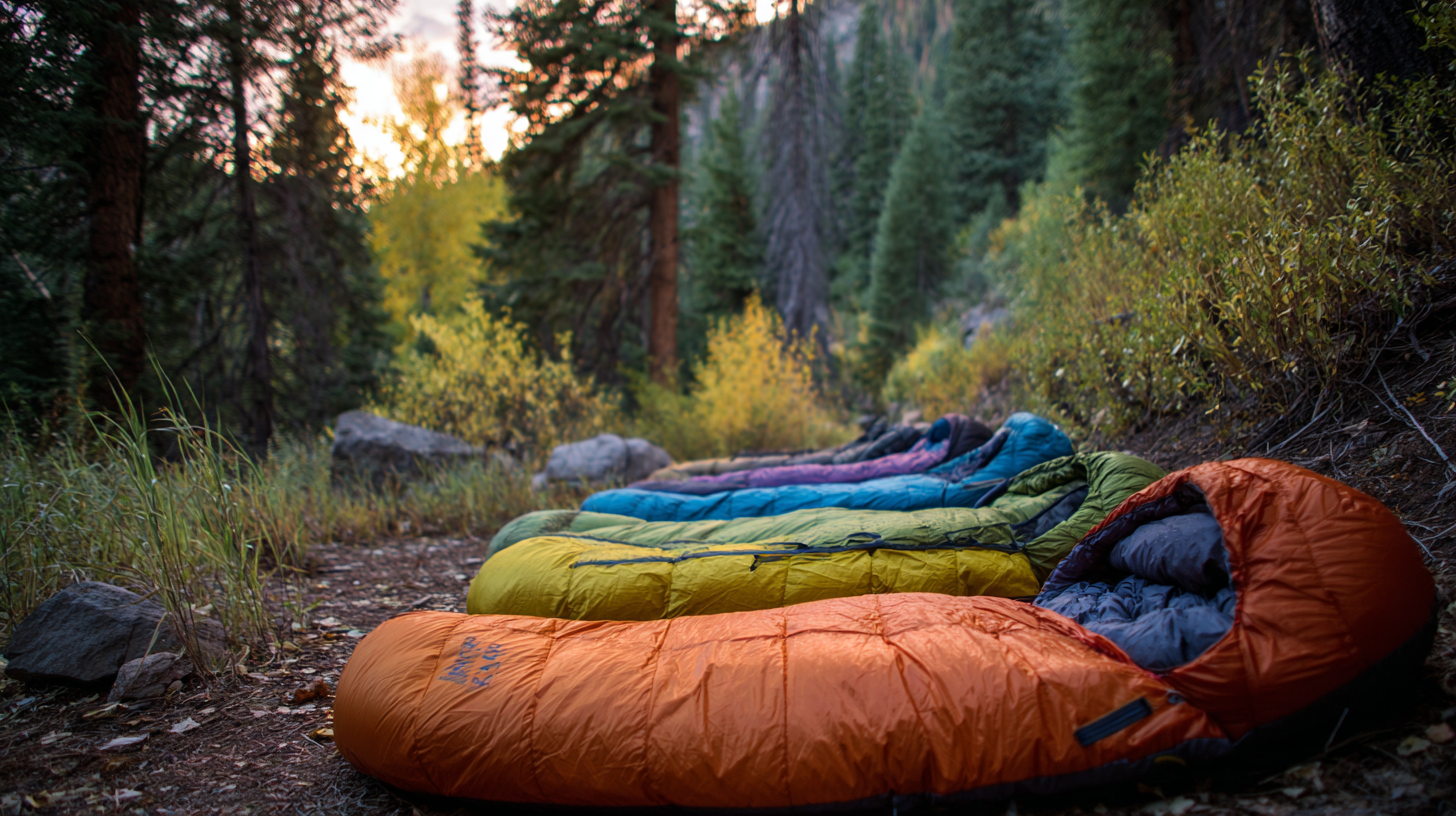 When selecting a sleeping bag, size and shape are crucial aspects that significantly influence your sleeping experience during outdoor adventures. The size of the sleeping bag should accommodate your height while allowing enough room for movement without being excessively spacious. A snug fit helps retain body heat, making it ideal for colder climates, while a slightly larger bag allows for ventilation and comfort during warmer nights. Consider your personal sleeping style; if you tend to toss and turn, a rectangular sleeping bag provides more space, whereas a tapered design offers added thermal efficiency for less active sleepers.
When selecting a sleeping bag, size and shape are crucial aspects that significantly influence your sleeping experience during outdoor adventures. The size of the sleeping bag should accommodate your height while allowing enough room for movement without being excessively spacious. A snug fit helps retain body heat, making it ideal for colder climates, while a slightly larger bag allows for ventilation and comfort during warmer nights. Consider your personal sleeping style; if you tend to toss and turn, a rectangular sleeping bag provides more space, whereas a tapered design offers added thermal efficiency for less active sleepers.
The shape of the sleeping bag also plays a vital role in determining comfort and insulation. Mummy-shaped sleeping bags are designed to hug the contours of your body, which minimizes dead air space and maximizes warmth retention. This shape is particularly effective in cold conditions. Conversely, if you prioritize versatility and space for gear storage, a rectangular bag may be your best bet. Additionally, various shapes come with different thermal ratings, so it's essential to match both the bag’s dimensions and its design to the specific environment you'll be facing, ensuring a good night's rest no matter the adventure.
When choosing the perfect sleeping bag for any adventure, focusing on key features is essential. Zippers play a crucial role in the functionality and comfort of a sleeping bag. Opting for durable, snag-free zippers can enhance your camping experience, allowing for easy entry and exit. Additionally, consider the size and quality of the zipper. A two-way zipper can be particularly beneficial for ventilation and ease of access, making it ideal for varying temperatures.
The hood of the sleeping bag is another significant feature, especially for colder adventures. A well-designed hood helps to retain heat and provides added comfort. Look for adjustable hoods that can wrap snugly around your head and face, preventing drafts and keeping you warm during chilly nights. Furthermore, a sleeping bag’s packability is vital for backpacking expeditions. Compression packs allow you to minimize the space your sleeping bag occupies in your backpack, making it easier to carry without sacrificing comfort. By prioritizing these features, you can find the perfect sleeping bag tailored to your specific needs and adventures.
